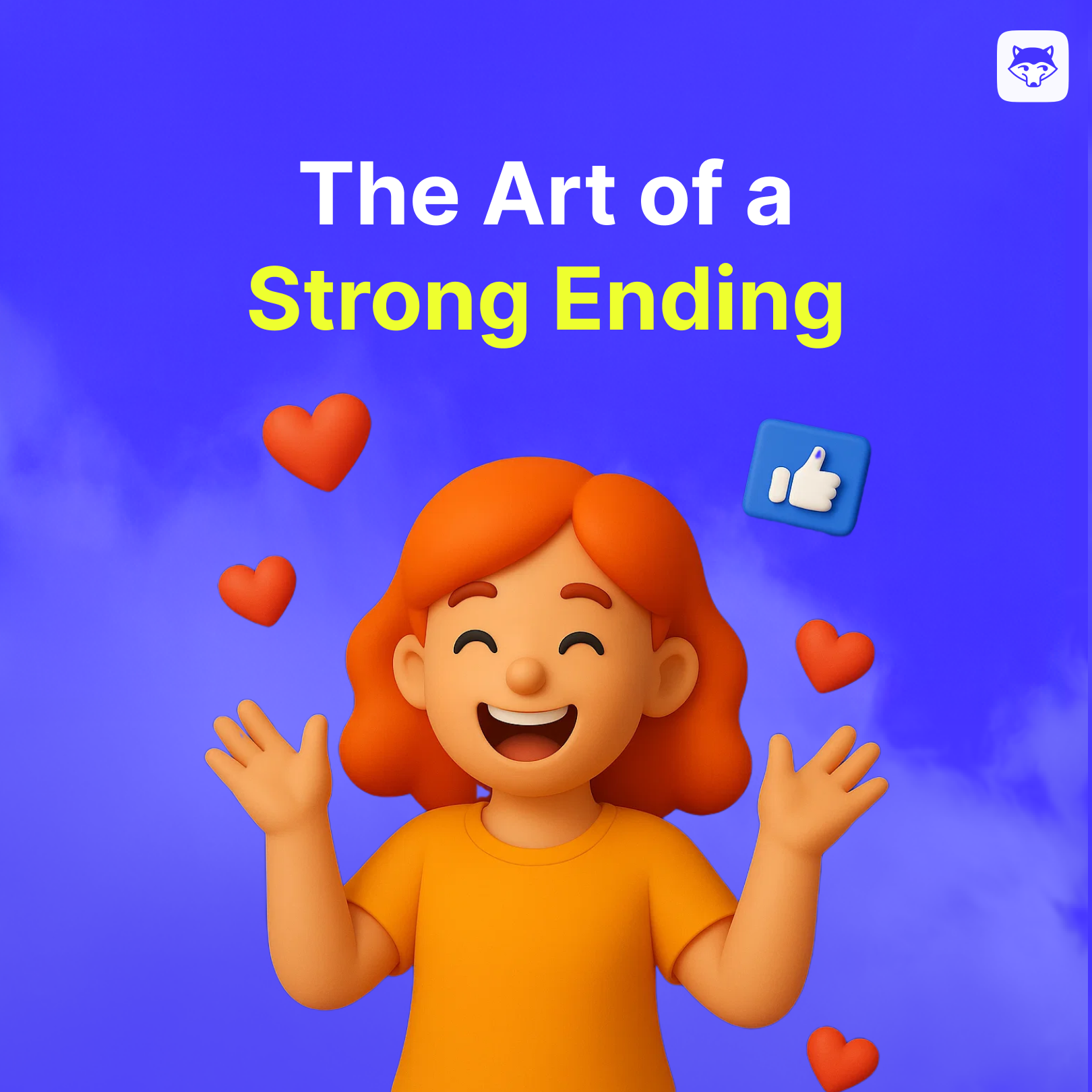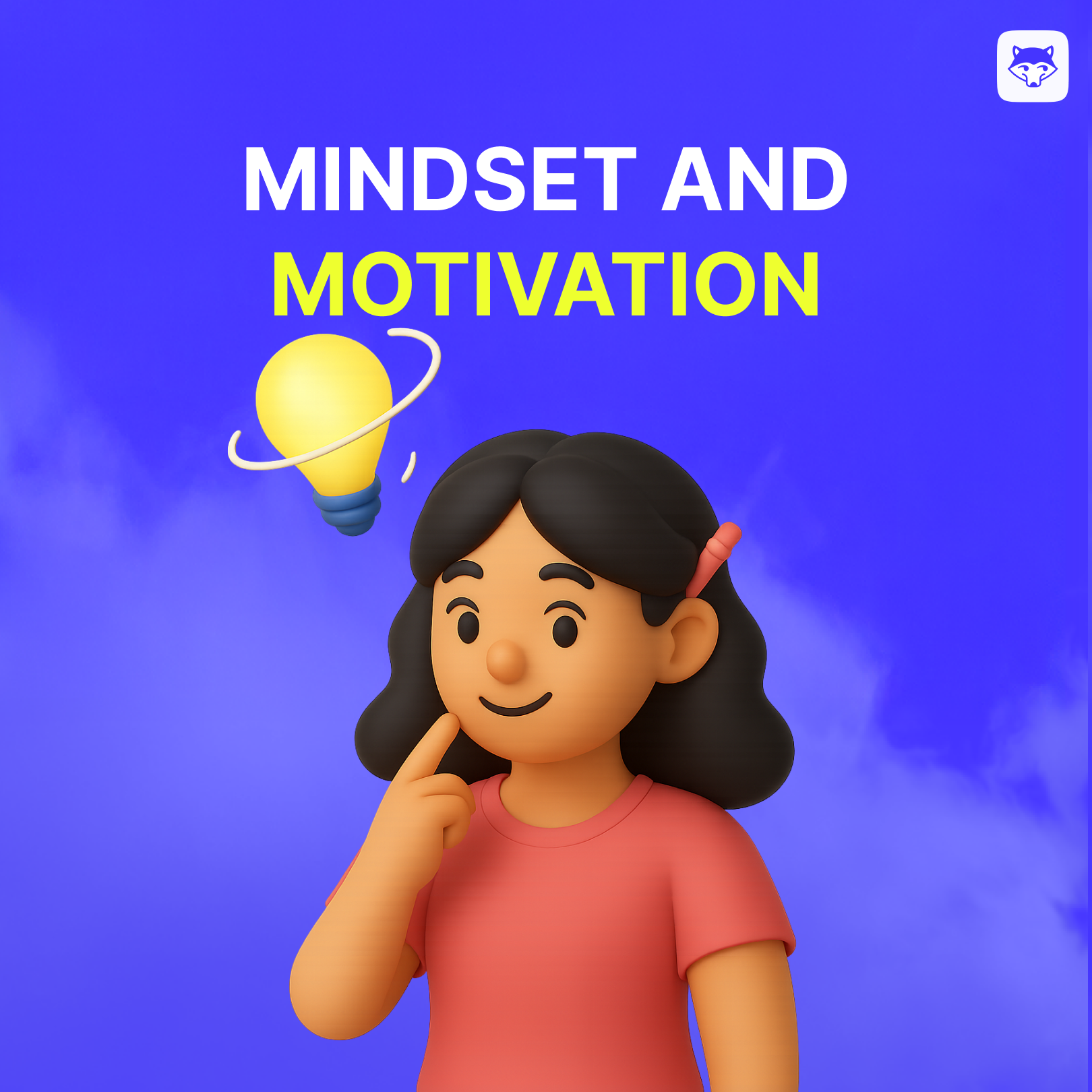We all know every great story deserves a great ending. But let’s be real – ending a novel can be just as tricky as starting it. You’ve spent countless hours weaving this story, falling in love with your characters (or cursing them out), and now… it’s time to wrap it all up with a bow. But here’s the thing: knowing when and how to end your novel is key to making sure your story leaves a lasting impact — not a lingering “ugh, why didn’t this end five chapters ago?” reaction.
And let’s be honest – that’s the kind of reaction no writer wants. A strong ending isn’t just about tying up loose ends – it’s about knowing when your story has said enough. And sometimes, the problem isn’t a bad ending – it’s that the story just didn’t know when to end.
Why Not to Drag Out Your Novel
Look, we all love a juicy story that keeps us flipping pages, but here’s a little secret: readers can tell when you’re just stalling for time. Over-dragging your novel or running around in circles with no clear goals doesn’t just waste words – it tires out your audience.
When a story overstays its welcome, it can feel like that friend who keeps hinting they’re going home but never actually leaves.
Basically, it’s a buzzkill! Readers want stories with momentum – a sense of purpose that drives them forward. If you’re adding filler scenes, or if your characters keep revisiting the same conflict without resolution, it might be time to hit the brakes and find your ending.
Why a Good Ending Matters
Endings are your last chance to make an impression. They’re like the dessert after a great meal: the final taste that lingers. A good ending can:
• Satisfy readers and make them recommend your book to everyone they know.
• Tie up loose ends in a way that feels natural (even if not every question is answered).
• Leave readers feeling something – whether that’s bittersweet, hopeful, or haunted.
A bad ending, on the other hand, can undo all the magic you built up. Nobody wants to invest hours in a book just to end up thinking, “Wait, that’s it?” Readers naturally expect a satisfying conclusion, so it’s especially disappointing when the ending feels abrupt, flat, and leaves no lingering, memorable impression.
Ways to End Your Novel (Besides Happily Ever After)
Okay, so not every story needs a fairy-tale ending. Here are a few other ways to end your novel, plus a little example scene to go with each:
The Bittersweet Ending:
Not everything works out perfectly, but there’s still hope or a sense of growth.
Example scene:
She watched the sun dip below the horizon, the ache in her chest softening just a little. Tomorrow would still come, even if it wasn’t what she’d imagined.
The Open-Ended Ending:
Leave some questions hanging, so the reader can ponder what might happen next.
Example scene:
He stood at the train station, ticket in hand. The train roared into view – and with a quiet smile, he stepped aboard.
The Full Circle Ending:
Mirror the beginning in some way to bring the story back around.
Example scene:
She ran her fingers over the dusty piano keys, the same melody from that long-ago night echoing in her mind. Funny how things always found their way home.
The Cliffhanger Ending:
Perfect if you’re planning a sequel or want to leave your reader on the edge of their seat.
Example scene:
She heard footsteps behind her, and when she turned – everything went black.
The Tragic Ending:
Sometimes, the story demands a heartbreak that readers will never forget.
Example scene:
He reached out for her, but the light was already fading from her eyes. A tear slipped down his cheek as he whispered her name.
Wrap it Up!
So, whether you’re ending your novel on a hopeful note, a tragic one, or somewhere in between – just make sure it feels true to the story. Your characters deserve a proper send-off, and your readers do too.
Remember: don’t drag it out if you don’t have to. Know when your story has reached its natural conclusion, and stick that landing. Because a great ending doesn’t just close the book – it makes the whole journey worth it.
Happy writing!
Your editor, Reliance





